

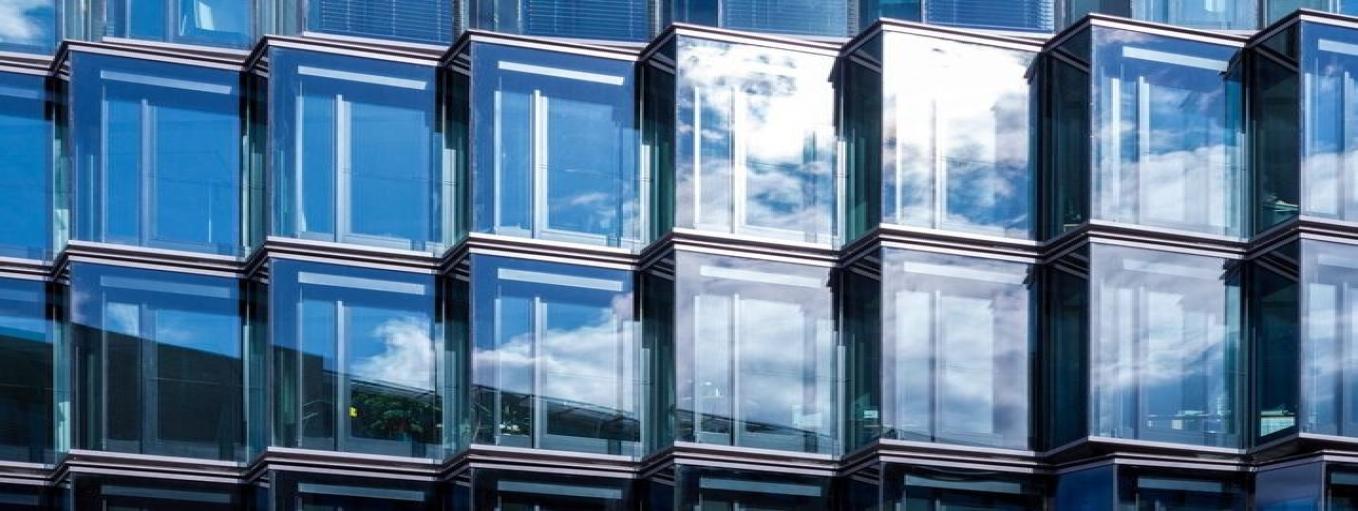
There is more to glass than meets the eye! When you look at glass, you would not even be able to imagine the kind of uses it can offer. On the face of it, glass is a building material that is invariably found in homes, offices and almost all buildings. But beyond its obvious application as a construction material, glass offers several aesthetic and functional advantages. Here are 10 things that you should know about glass:
To help cut down the heat transmission into your building, go for reflective glass. This kind of glass has a special type of coating on its surface that helps reflect heat. It reduces the heat ingress into the building and also maintains a comfortable temperature inside. Therefore, no matter how hot it is outside, you will not face the heat!
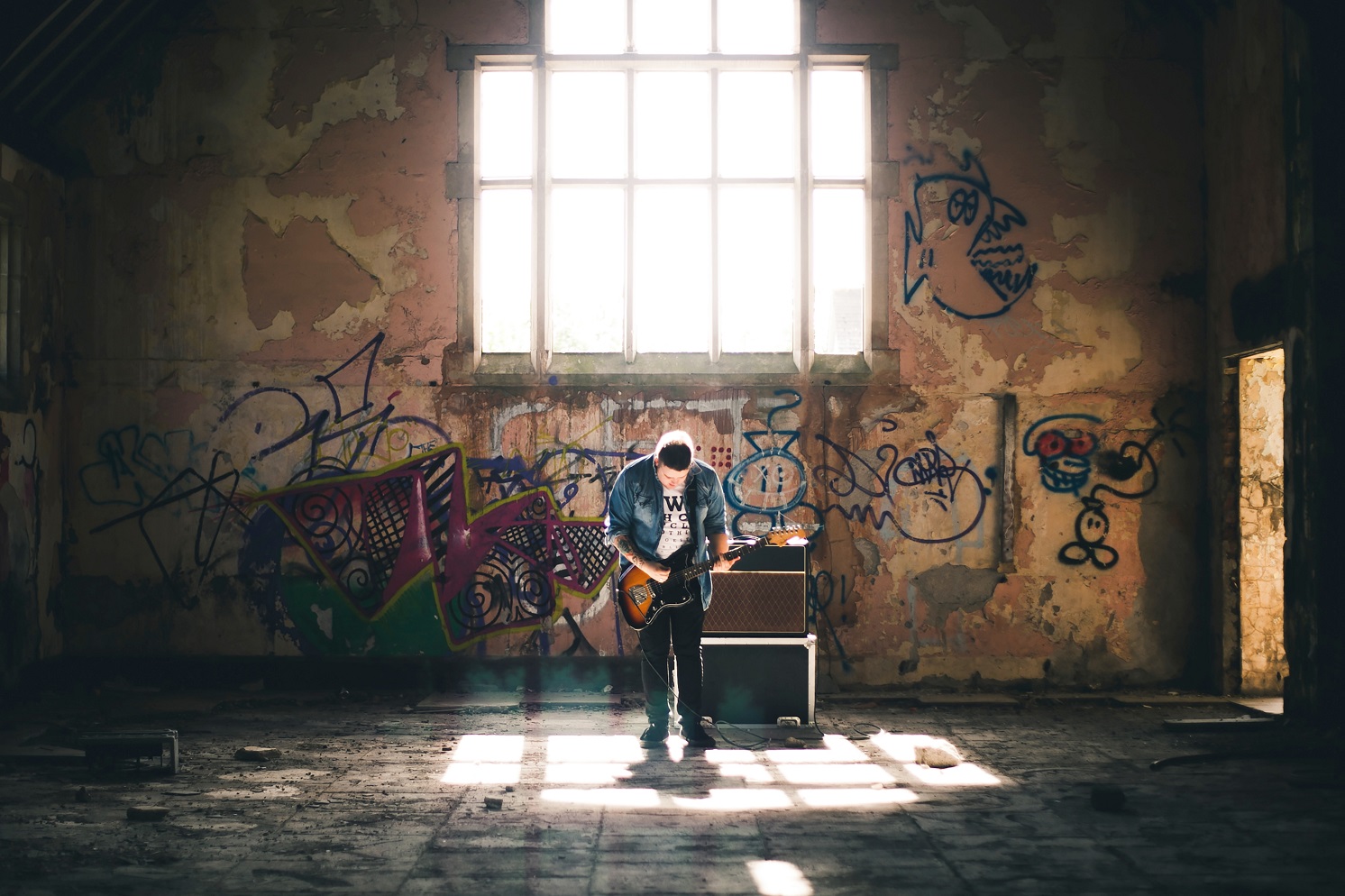
Electrochromic glass is a type of glass that can dynamically change its tint. What? Nothing complicated, just
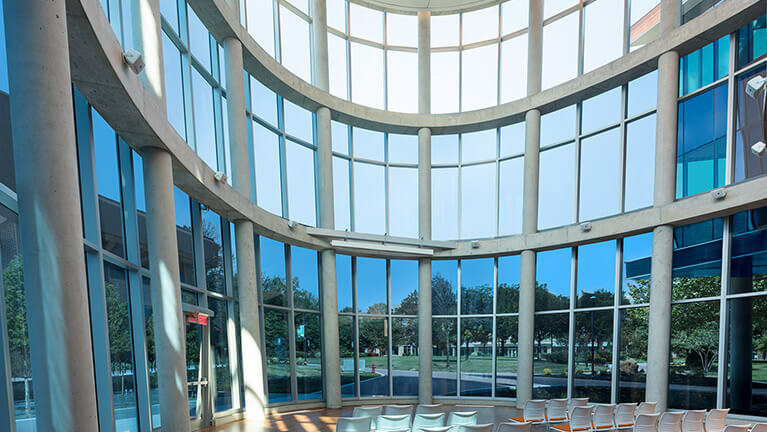
Only that you need to choose the right type of glass! Laminated glass can offer noise reduction of up to 52dB. So, glass not only allows you privacy, but also lets you control sound. With sound-proof glass, you can relax in the confines of your comfort zone without noisy neighbours bothering you.

Even while glass restricts the amount of heat that enters the building, it ensures ample amount of light to be allowed inside. You will be able to curtail the use of artificial lighting. At the same time, because the heat is reflected, the temperature inside is kept at an optimum level. This ensures the reduction in the use of air-conditioning. With both artificial lighting and air-conditioning kept at bay, savings in energy bills is just the result you needed!

Safety is perhaps one attribute that one might not associate with glass. But this seemingly delicate material can actually be formidable. How? Fire-rated glass which is manufactured using special techniques, has the ability to protect the occupants of a building from fire. Then there is high-security glass which offers resistance to blasts and bullets. There is even the advanced multi-functional glass that combats the combined threats of fire and physical attacks, thereby ensuring safety of the highest order.

Toughened or tempered glass is 4 times stronger than normal annealed glass. This makes it suitable for use in high rise buildings where the wind load on the building is more. Though not unbreakable, laminated glass has the property of not breaking, but rather only being shattered. Even then, the shards do not scatter but hold on together because of the interlayer in the toughened glass.

Because of its sheer aesthetic appeal and utility benefits, Lacquered Glass is widely preferred in interior design; It can be used in toughened as well as annealed form. Lacquered glass has uses like wall panels, wardrobes, kitchen shutters, countertops, splashbacks, table tops, partitions, writing boards and a host of other applications that defy imagination!
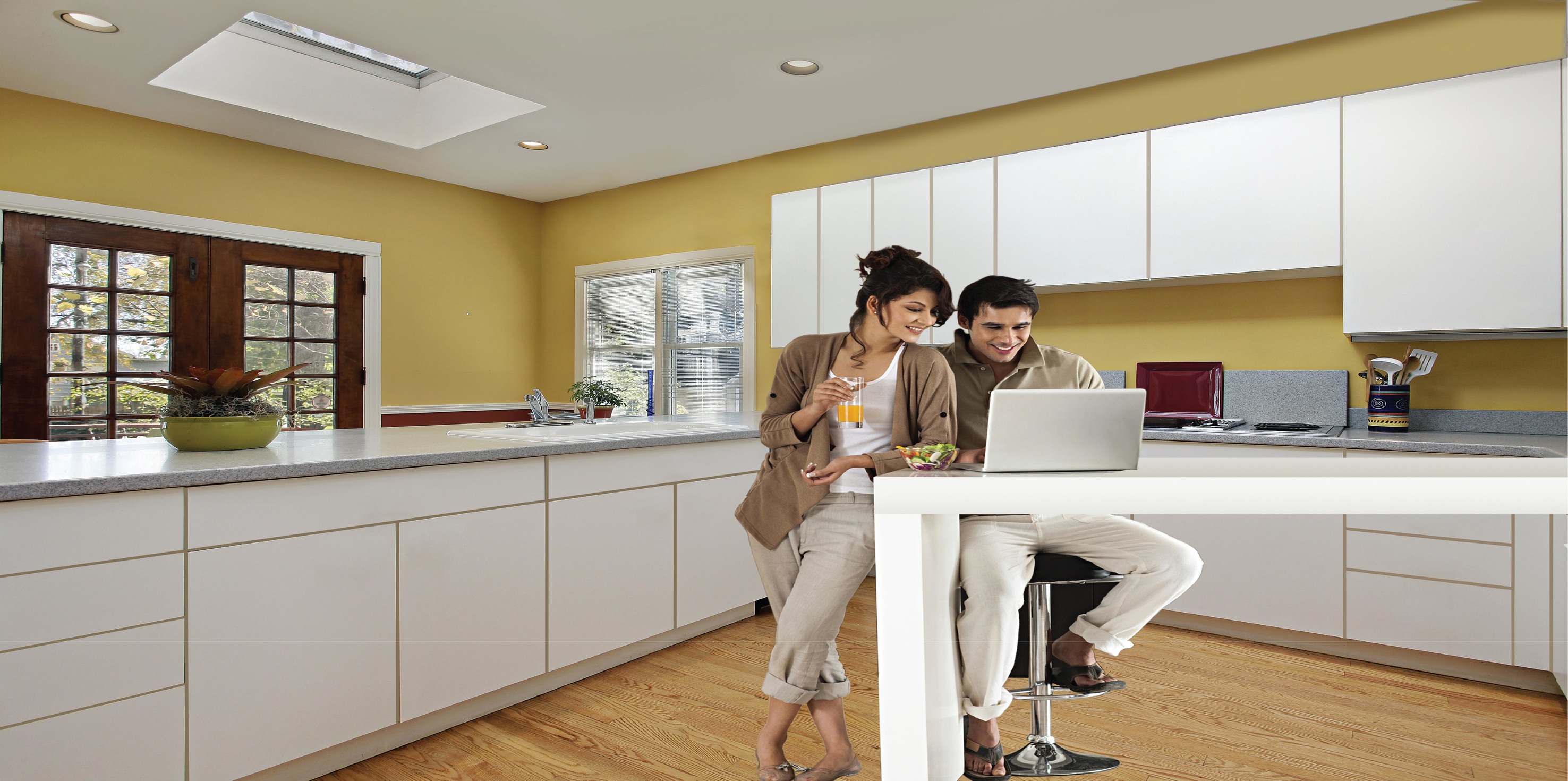
Now you see, now you don't - that's Saint-Gobain switchable privacy glass, Priva for you. This switchable smart glass lets you switch from a state of transparence to translucence – in just the flicker for a switch. So, in just one single glass, you get the luxury of choosing whichever mode you desire, without having to select different glass for different needs.
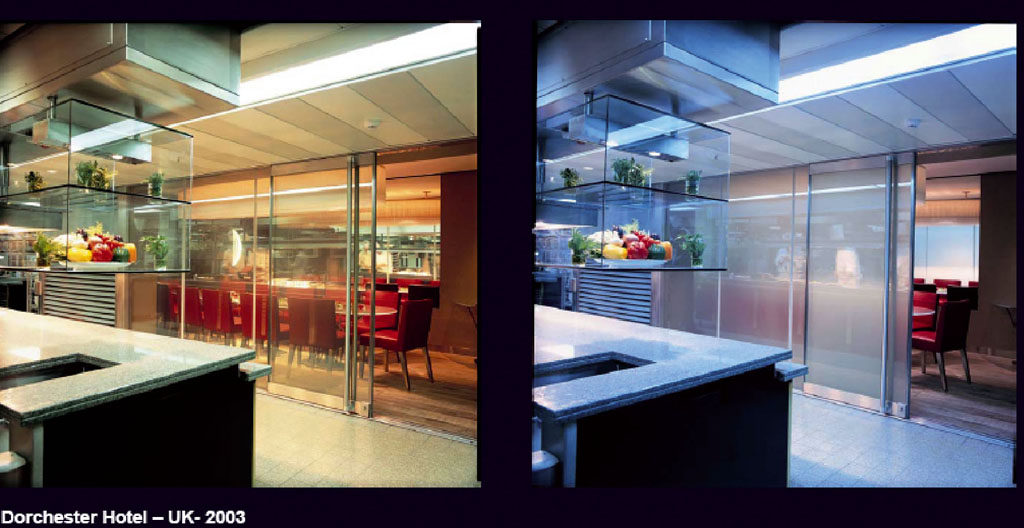
Clarity is definitely on top of the priority list when you are choosing glass. To check, here is a simple test. The presence of iron in the raw materials impart a greenish tint to glass. The lesser the greenish tint, the higher will be its clarity and purity. Therefore, glass with lower iron content will be clearer and purer.

Glass is 100% recyclable. Recycled glass (called cullet), can be used for manufacture of glass. In fact, glass contributes to water conservation as its manufacturing entails the use of very minimal water. When you use this eco-friendly glass in your living/working space, it also enables you to do your bit to environmental sustainability. How simple and effective, isn't it?!

What are the key properties of glass that make it a versatile material?
Glass is a versatile material due to its transparency, strength, and ability to be shaped and treated for various applications. It can be used in multiple applications ranging from windows and doors to partitions, wall panelling, furniture and ddecorative elements, offering both functional and aesthetic benefits in architecture and design.
How is glass made, and what are its basic components?
Glass is made by heating silica sand along with other ingredients like soda ash and limestone to high temperatures until they melt and form a liquid. This molten mixture is then cooled rapidly to create a solid, transparent material that can be molded into various shapes and sizes.
What are the different types of glass, and how are they used?
There are several types of glass, including float glass, toughened glass, laminated glass, and coated glass. Each type is used for specific purposes, such as toughened glass for safety applications, laminated glass for security and noise reduction, and coated glass for energy efficiency.
Why is glass considered an eco-friendly material?
Glass is considered eco-friendly because it is recyclable and can be reused indefinitely without losing its quality. Additionally, modern glass manufacturing processes have become more energy-efficient, reducing the environmental impact of production.
How does glass contribute to energy efficiency in buildings?
Glass contributes to energy efficiency in buildings allowing ample daylight penetration thereby reducing need for artificial lighting. Energy-efficient glass, such as solar-control glass reduces solar heat gain and low-E glass, minimizes heat loss in winter and heat gain in summer, helping to maintain a comfortable indoor temperature and reduce energy costs for cooling and heating.